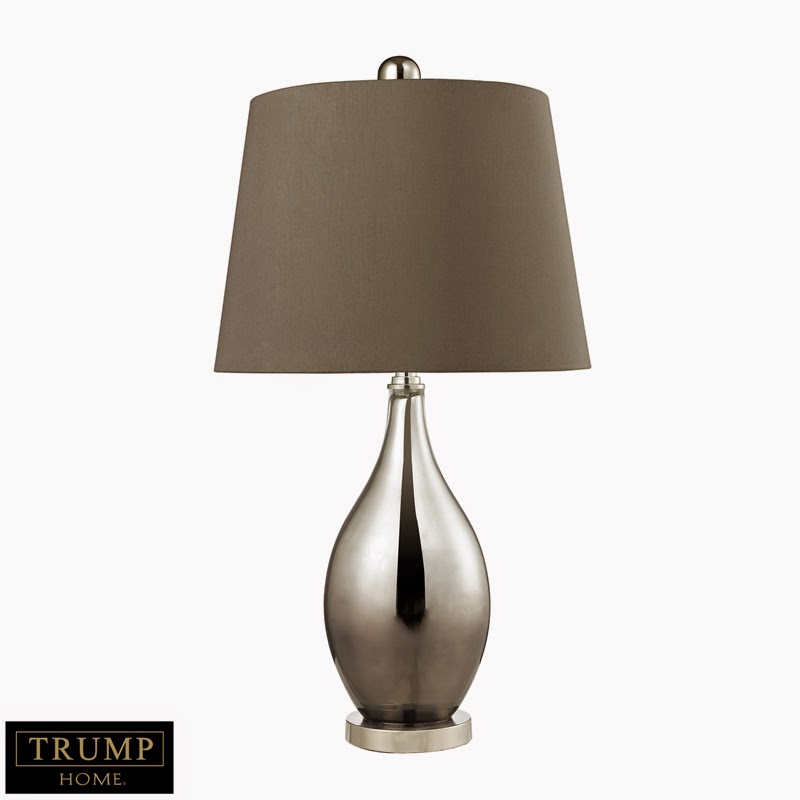Most of us
look at a lamp, table lamps in particular, without even realizing that several
versions of lamps have existed before these, throughout human history.
Historical records going back as far as 70,000 BC speak of lamps. These lamps,
naturally were very primitive and comprised of flammable materials like most,
soaked in animal fat. This was then place in a hollow rock or shell and then
lit. Ingenuity at its best. Back then, animal fat was an excellent fuel source,
and so humans could sit for prolonged periods enjoying the light it cast.
Over the
years the ingenuity continues, and through the use of potter, table lamps were
created to mirror the shapes of other objects. This gave them more
functionality and durability.
Years
later when metal working was developed, metal lamps quickly followed suit.
These no doubt were heavier than their potted predecessors but just as
efficient and far more durable. We see these lamps in the 1300- 1600s. Ingenuity
did not stop there.
Though the
first recorded existence of a candle using a wick comes to us out of China in
200 BC, it was not until the 1600s that the Greeks incorporates wicks into
their stylish table lamps. This was when the evolution of lamps really came
into its own. As with so many other creations, it was the Greeks of time past
who first began creating stylish table lamps. They were first made out of
terra- cotta, as a means of replacing the hand held torches they stuck to walls
to provide lighting. In fact, it is from the Greek word 'lampas', meaning
"torch' that the word 'lamp' is derived. By the time we had gotten to the
1700s, table lamps had been modified and improved so greatly that they even had
central burners. This means that inventors had figured out how to safely
enclose fuel and light and control it.
It was
then that creative inventors, taking tips from the work of their predecessors,
figured out a way to not only enclose the fuel and control the fire, but also
how to enclose the fire. And so they constructed structures to mimic chimneys
of their time, and the shade used to enclose the fire was indeed called a
chimney. These were most definitely made of glass and allowed greater control
of the amount of air that circulated to the flame at any given period in time.
In 1783, a
Swiss scientist who had been trying to develop more sustainable wicks, invented
a hollowed version that could be enclosed in a glass chimney- again having more
functionality. Just about 10 years later, the very classical table gas lamp
came into being. By late 1972, more commercial versions of the gas lamp were
made available. It was even further sustainable and becoming more of a
household necessity when coal gas was developed along with the technology to
pump it into the lamps. This first took place in Britain, resulting from the
efforts of one particular inventor. By the 1800s almost every household
featured these table lamps that used gas as a fuel source, even streets and
roads were being lit by these.
At the
turn of the 19th century, the great Thomas Edison had finally made perfect his
incandescent light bulb. With the installing of those into table lamps as well
as street lamps, gas lamps were quickly replaced. This light bulb is one of the
most important inventions in human history.
By the
time the 1930s came around, table lamps were a societal necessity in each
household, even today they are about as common as the electricity uses to power
them. As these light bulbs became more and more efficient with each
modification, so did table lamps.
Don't be
mistaken however, as we can see in lamps today, they were not strictly designed
for functionality- even durability in some cases play second to aesthetics.
Today, we
see a myriad of popular and aesthetically appealing table lamps. From the
Tiffany table lamps to the Victorian table lamps, to the even more contemporary
styles. It is most certain there is a table lamp out there for every home
preference, decor and environment. This, thanks to its metamorphosis across
time.


